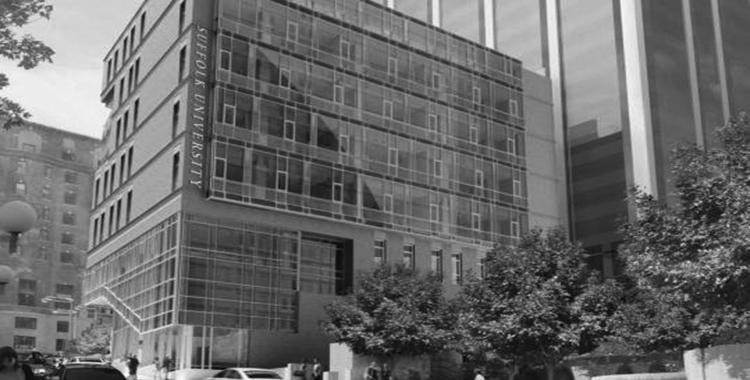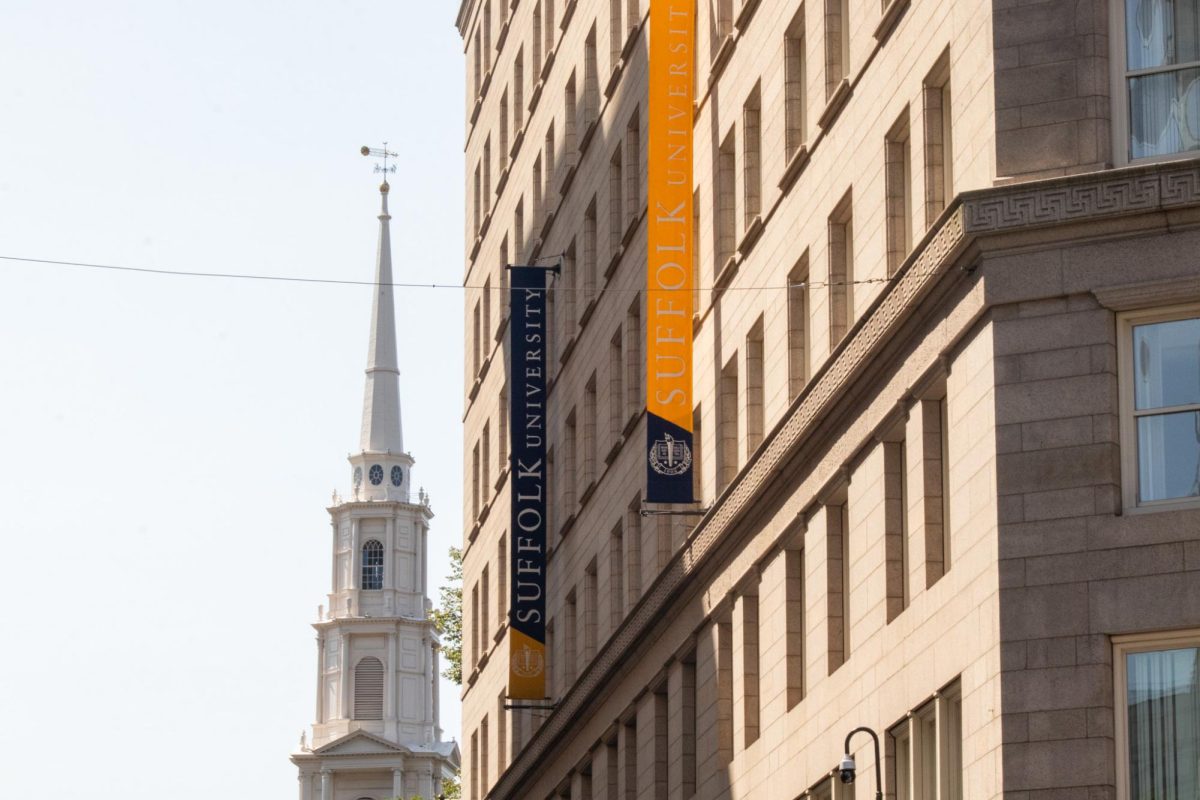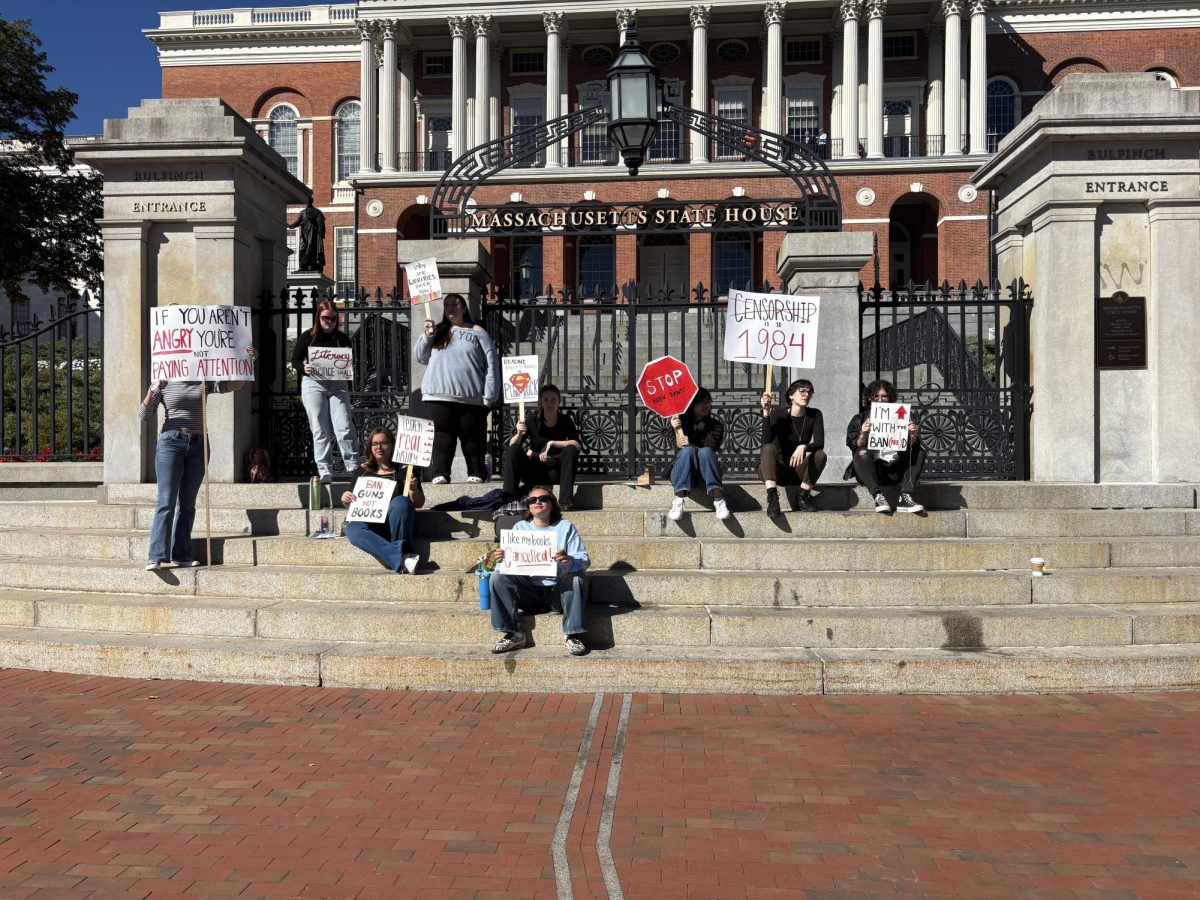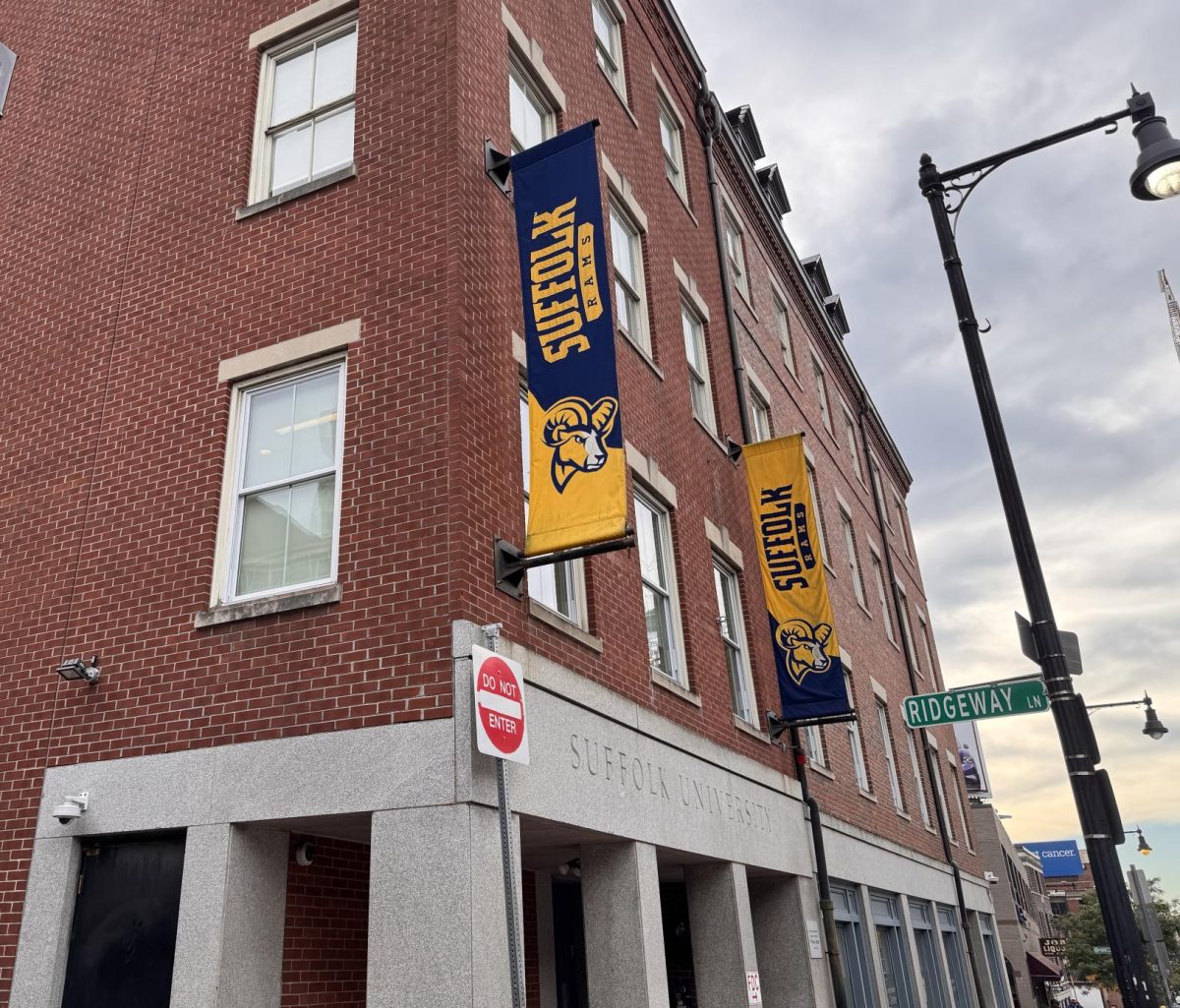Melissa Hanson Asst. News Editor
After an unexpected leak of information by the Boston Globe, Suffolk University’s President James McCarthy and Vice President of Marketing and Communications Greg Gatlin are releasing the details of the University’s plans to build 20 Somerset and sell both the Ridgeway and Fenton buildings.
“Reporters were digging around,” McCarthy said. At that point he decided the University should speak with the Globe in order to get Suffolk’s point of view into the article, which was released last Tuesday. The University had not planned to inform the Suffolk community, let alone other reporters, until further notice, but now that the information is public, McCarthy and Gatlin are excited to share the news and get going on implementing these new changes.
20 Somerset has been in Suffolk’s plans since 2008, according to McCarthy. Every ten years Suffolk files an institutional master plan that sets out the vision for the University over the upcoming decade. The agreement involves communication with neighbors, such as those in Beacon Hill, who also have to approve of the University’s plans. In 2008 while making the current master plan the university decided to “shift its center of gravity,” in the words of Gatlin, “moving classroom seats off residential Beacon Hill.”
McCarthy is not concerned that Suffolk will lose its Beacon Hill identity with this move. He also says that the University was not pressured into moving by the Beacon Hill residents. He says, “we agreed to it…a compromise.”
Greg Gatlin says Beacon Hill is okay with academic Suffolk, just not residential Suffolk. But, he calls the move in agreement by both Suffolk and Beacon Hill a “win-win.”
After going through the processes and approvals necessary to plan 20 Somerset, the University realized they will have more room than needed, and decided to sell Ridgeway and Fenton. No potential buyers have looked into the buildings yet, as “we weren’t telling anyone,” said McCarthy. The University plans to sell the buildings through its real estate firm.
“The concepts aren’t new, the specifics are different,” said McCarthy. Although plans for 20 Somerset were established four years ago, the specific details have been altered with time. 20 Somerset was originally supposed be the new home to the New England School of Art and Design, but those plans changed recently.
“Now we need to start thinking about Ridgeway and Fenton,” said McCarthy. The University plans to remove all classrooms from those buildings, as well as Donahue and Archer, to fill 20 Somerset. The rooms used by the theater majors will stay in Donahue, however. Suffolk hopes to sell Ridgeway and Fenton by the time 20 Somerset opens in the fall of 2015. Donahue and Archer will be kept because they are attached to the C. Walsh Theater and home the Financial Aid and Bursars office, among others. The departments that are located in Ridgeway and Fenton will move to Donahue and Archer. The Donahue dining hall will close as a new dining hall is in the plans for 20 Somerset.
As for moving classrooms around to fill 20 Somerset, “we’re just beginning to decide where things will go,” said McCarthy. The University’s architects are doing what are known as “fit tests” to determine how many students can fit in the classrooms of 20 Somerset.
“Suffolk students will get the classrooms they deserve and need to learn,” said McCarthy. The fit tests on the building are incredibly specific, according to McCarthy, in the hopes for a perfectly designed building that comfortably houses students while in a learning environment. He also says that the classrooms will be “equipped and organized…[for the] teaching needs of the course.”
The $62 million 20 Somerset building will be the main part of the campus once it is built.
“We want every group of students to have something better than the last group,” said McCarthy.
In an interview with the Boston Globe for Tuesday’s front page article on his inauguration, McCarthy said, “A Suffolk Student graduating in 2018 will come through a Suffolk that’s much more focused, that has greater depth.” The Globe reported that McCarthy plans to put Suffolk’s “resources into career-oriented academic programs,” and also move 20 percent of classes online.
The money to design and build 20 Somerset came completely from bonds the University sold, not from tuition. However, the money to pay for the interest on the bonds will come from student’s tuition dollars.
The design of the building was influenced in part by the Suffolk’s lack of a campus. The front of 20 Somerset will house an outdoor park kind of space that McCarthy says Suffolk is not ready to release the design of yet.
The main focal point of the building will be its glass staircase.
“People will want to take the stairs,” said McCarthy. He believes that this will help the flow of traffic in the building. He hopes that students will take the stairs to at least the fifth floor and enjoy a view of Boston on their way to class.
“See and be seen,” he said.
The dining hall was also designed to have a lot of glass features, according to McCarthy and Gatlin. 20 Somerset will be ten stories total, eight above ground and two below.
McCarthy and Gatlin have mainly heard feedback from students through social media.
“[a lot of students were] hitting ‘like’ for this,” said Gatlin.
One of the major concerns from students is what will become of Ridgeway’s gym. McCarthy says the University has not yet decided where to relocate the gym, but know that this is a major concern and will spend time trying to make the best decision on its relocation.
As for last year’s rumors about moving to Suffolk to downtown crossing, McCarthy says they are totally false. Although the ten-year plan does mention the possible use of streets near the Modern Theater and 10 West, there is no real talk of moving to the main downtown crossing area.
“Who would think we could?” said McCarthy. “We got a chuckle out of it.”














Paul • Dec 27, 2012 at 3:37 pm
What about the gym?